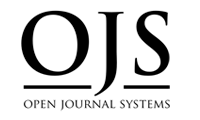Effects of planting density on the growth and forage yield of two varieties of millet (Pennisetum typhoides Burm. F.) grown in Ekpoma, Nigeria.
Main Article Content
Abstract
A field study was carried out during the 2016 cropping season to determine the effect of planting density on the growth and yield performance of two varieties of millet at Ekpoma. Gero badeggi and Gero bida varieties were sown at three densities (111,111, 222,222 and 333,333 plants ha-1). The experiment was a 2 x 3 factorial scheme laid out in a randomized complete block design (RCBD) with three replicates. The result shows that planting density had no significant effect on the growth parameters measured. However, Gero badeggi planted at 111,111 plants ha-1had the tallest plants, highest number of leaves/plant and stem girth while Gero bida planted at 333,333 plants ha-1 gave the shortest plants, least number of leaves/plant and stem girth, respectively. There was no significant difference in flowering trait amongst densities, but the varieties differed markedly in days to 50% flowering. Increasing planting density significantly (P<0.05) increased the forage yield. However, crops sown at higher densities had higher forage yield than the low density. The differences in observed between varieties were significant in some of the studied characters and thus millet sown at 111,111 and 333,333 plants/ha is recommended for millet production in the area.
Keywords: Millet, planting density, growth and forage yield.



